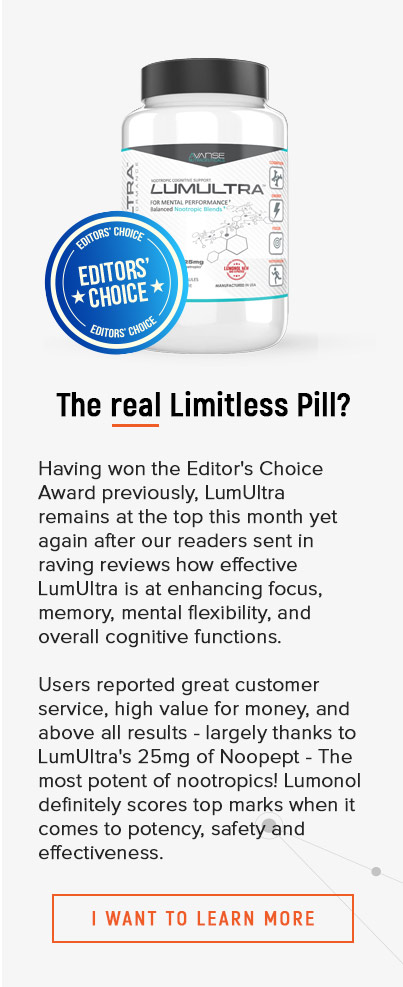Everyone always has problems concerning of brainstorming – it’s time consuming and it’s exhausting. Why would you even want to do it? When a good idea comes, it’ll hit you, and you won’t need to think about it, right?
Well, actually, brainstorming can actually be a highly effective tool to your productivity, focus, and basically, getting the job well when done right. They key words here are obviously when done right, though. Just any sort of brainstorming isn’t going to help you if you aren’t good at it.
However, the MIT Sloan Management Review has put together a 7 step plan that you should do whenever you’re going to have a brain storming session – it’ll not only make it more effective, but also more efficient. Here they are:
- Define the confines of your problem and solution. Simple. Create the boundaries and rules – the maxes and the mins – for your problem and your possible solutions. This way, you won’t be wasting too much time trying to fruitlessly innovate to the point that you’re getting out of topic.
- Simplify your problem. It’ll be so much easier to create solutions for a problem if you’ve simplified it already. Break it down into its main core and what you are trying to achieve. Then, if it’s still too big, break it down to even smaller parts which you can tackle incrementally. This’ll keep motivation high, and allow you energy to blast through it.
- Make it personal. Think about the problem as if it was your own. The more you imagine it as being your own, the more desperate you might get at finding the solution that it might just open up a whole new perspective that you’ve never thought about before.
- Seek 2nd opinions. If you’re really having that hard of a time, try and find as many people to consult – friends, family, acquaintances. It doesn’t really matter. See what they have to say, and what’s most vital is the fact that you get to bounce your ideas off of them. This is essential in any creative process.
- Take your time; have a reconvene. If you aren’t able to come up with solutions right away, don’t fret. Go home, take a breather, and think about it again after a night’s rest. Don’t pressure yourself to come up with the answer in a 1-hour brainstorming session. Let it incubate in your mind for a while. Eureka moments usually happen when you’ve been subconsciously thinking about it long enough for connections to be made.
- Simplify your solutions. At times, solutions might get too complicated. Simplify them down to the bare bones similar to how you did with your problem. For comparison sake, word it like a resume. Fit it in a one-page document.
- Test your ideas. When all has come together, before you start acting on it, perform a small-scale test first and see what the effects or repercussions are. Write those down, and keep designing tests to until you’re 110% sure your idea will work, and try it in different variations as well. Don’t forget to factor in the variables and room for deviation.

